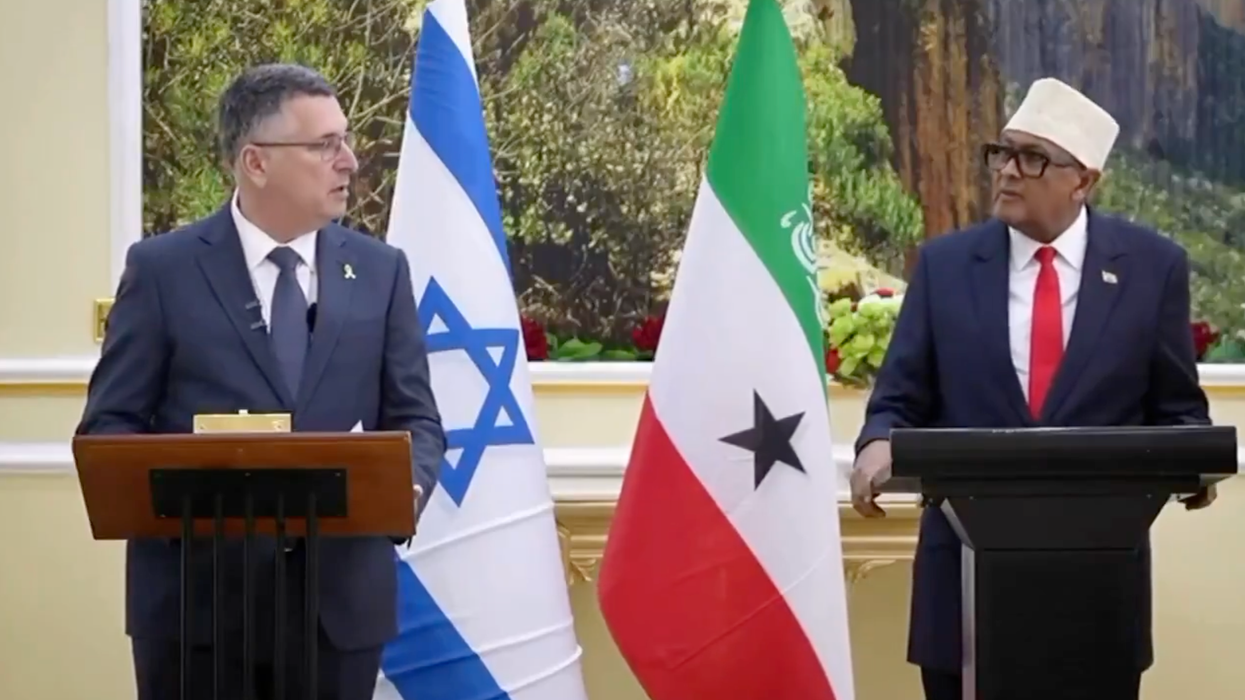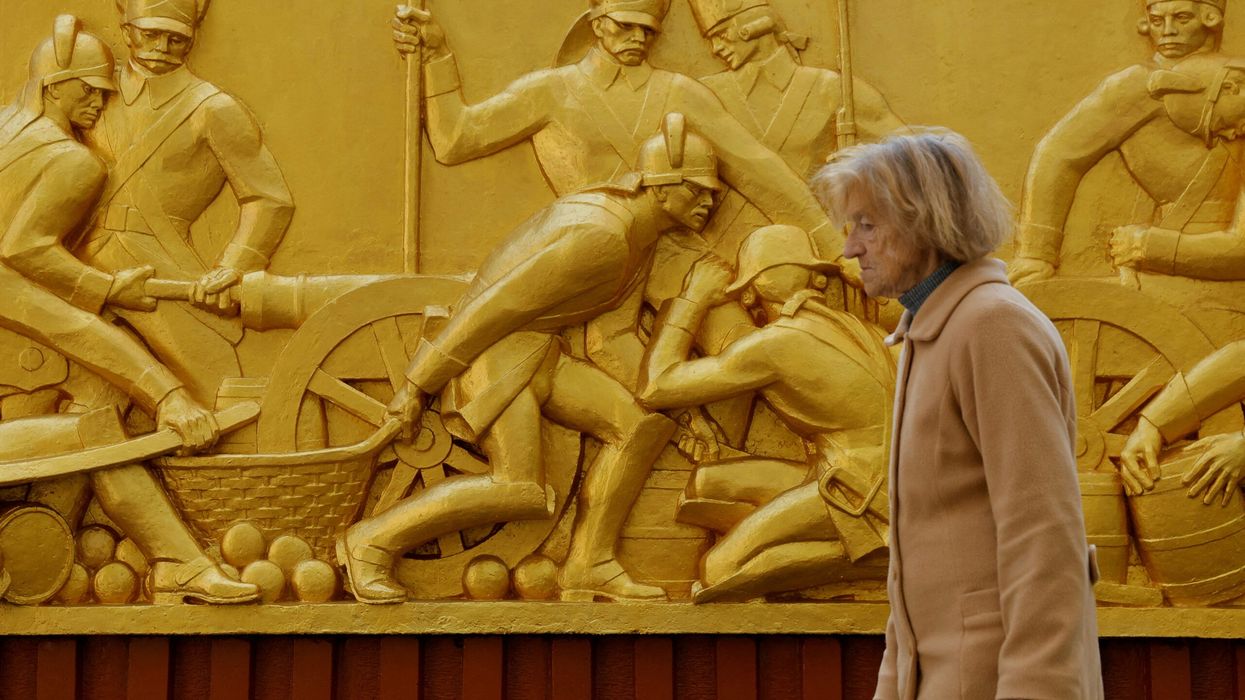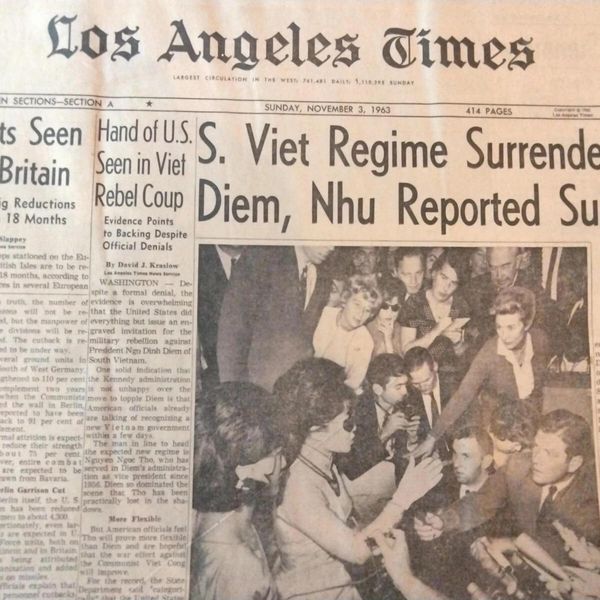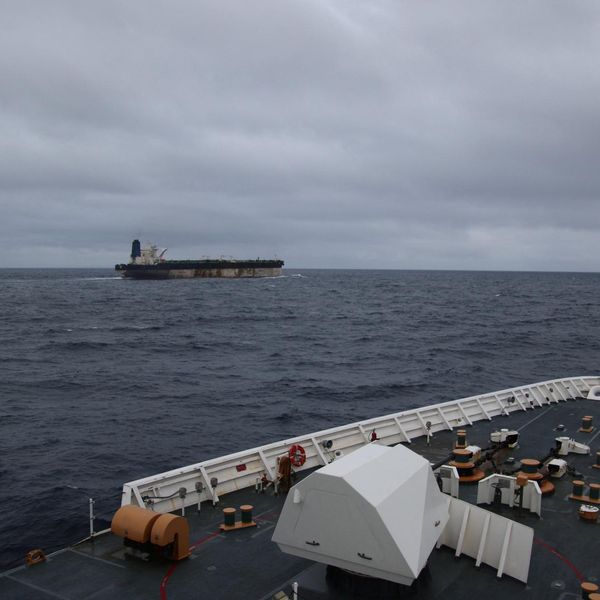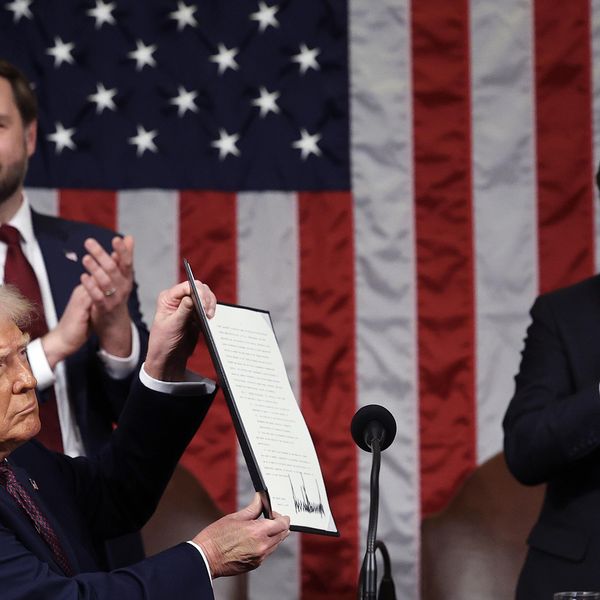As we approach the 20th anniversary of the Iraq invasion, we should reflect on what lessons the United States may have gleaned from the experience and whether such lessons will deter any future military operations to effect regime change.
By all accounts, the invasion has failed in achieving whatever goals U.S. policymakers had identified to justify the massive military operation in Iraq. Aside from removing Saddam Hussein from power, the country is still plagued by instability, corruption, sectarian conflicts, economic dislocation, dysfunctional infrastructure, and terrorism. Several factors contributed to the post-invasion debacle.
Iraq’s Political and Religious History
As a government intelligence analyst on the eve of the Iraq invasion, I was appalled by how little our senior policymakers knew about the formation of modern Iraq and the establishment of Shia Islam in the year 681 following the “martyrdom” of Husayn bin Ali in the southern Iraqi city of Karbala. Nor did our leaders appreciate the depth of the grievances of Iraq’s Shia majority, which had been ruled by a Sunni minority since the country’s formation in the early 1920s.
Iran’s deeply rooted geopolitical and religious interests in Iraq go back to the 16th century when Shia Islam became the official religion of Iran. Najaf and Karbala have always constituted the hub of the most influential Shia seminaries or centers of learning, also known as hawzas, to which students from Iran and other countries throughout the Muslim world flocked to study Shia theology.
The grand ayatollahs heading these hawzas have been the primary source of religious authority in the Shia world. After the establishment of the Islamic Republic of Iran in 1979 and the ensuing war with Iraq in the 1980s, Iran’s Shia clergy turned to the city of Qom in Iran as the major Shia theological center of learning. Qom’s hawzas, however, have never been able to compete with Najaf and Karbala in religious stature and prominence.
This helps explain why Iran became so involved in Iraq following the invasion and the removal of Saddam Hussein in 2003. Iranian-supported and -armed Shia militias began to organize in Iraq in the ensuing years and foment an insurgency against the American “invaders.” These militias, the most prominent of which was the Sadrist movement, began to wreak havoc on the American military and what remained of the Sunni power structure in Iraq after the U.S. invasion.
Several months after the invasion, senior policymakers were asking government analysts to explain why, as they put it, the “Shia thing” was so important in Iraq and why Iran was so focused on it! As one analyst noted at the time, “Our leaders should have learned about the centuries-old linkage between Iraq, Shia Islam, and Iran before the invasion, not months later.”
The “Morning After” Questions
Aside from the elementary knowledge of Iraqi realities, senior policymakers in Washington were not focused on what would follow the Saddam regime. Reflecting a sense of “can do” hubris, some thought that the massive American presence would by itself create and maintain stability in Iraq. Regime change was viewed by some top officials as a manageable process that included replacing one leader with another while maintaining business as usual.
Throughout Iraq’s turbulent history, the Shia majority was excluded from power and never allowed to develop a leadership cadre that could one day rule the country. Consequently, top U.S. policymakers relied on Iraqi Shia exiles, like Ahmed Chalabi, leader of the Iraqi National Congress, who appeared eager to return and run the country. That decision, which was made at the highest level of the U.S. government, ignored Chalabi’s murky background and his naked political ambitions.
In their frequent briefings to senior policymakers on the eve of the invasion, government analysts raised several key questions that they felt needed to be addressed once Saddam Hussein was removed. (Similar questions, incidentally, were presented to British officials in 1920 by Gertrude Bell as Iraq was being established under the British mandate. Our government in late 2002 and early 2003, unfortunately, went through a similar experience.)
These included:
--Which tribes, clans, or religious sects should the American military and diplomats engage upon entering Iraq?
--Who will rule Iraq — local or diaspora leaders following Saddam’s removal?
--How to interact with senior Shia religious leaders, such as Grand Ayatollah Ali al-Sistani?
--What form of government should replace Saddam — democracy, elections, or distribution of power along religious or ethnic sects, akin to Lebanon?
--How to distribute oil revenues among Shia, Sunnis, Kurds?
--How to engage regional powers, for example, Shia Iran and Sunni Gulf rulers, in post-Saddam, Shia-ruled Iraq?
--What does “victory” look like and how long should U.S. forces stay in Iraq following the country’s “liberation”?
In the run up to the war, senior policymakers maintained that Iraqis would welcome American troops as “liberators” and would view the occupation as “liberation.” Shortly after the fall of Saddam, however, the euphoria of “liberation” turned into occupation, and the insurgency against the “occupiers” erupted across Iraq. Al-Qaida and the Islamic State led the fight against the U.S. and western military presence. Many senior Sunni military officers who lost their jobs following the dissolution of the Iraqi army ended up participating in the insurgency.
How De-Ba’athification Begat Chaos in Iraq
The senior architects of the Iraq war in Washington on the eve of the invasion knew very little about the centrality of the Ba’ath Party to all levels of Iraqi society. They were briefed that the party was the backbone of the Saddam regime in Iraq and that party membership was absolutely essential to getting any job — from a janitor to a university professor. But membership was not necessarily a sign of loyalty to the party but rather a means to earn a living.
Some senior policymakers thought that de-Ba’athification in Iraq could be as efficacious as de-Nazification was in Germany after the Second World War. It didn’t work that way in Iraq, however. By removing thousands of Iraqis from their jobs because of their Ba’ath party affiliation, the U.S.-run Coalition Provisional Authority in Iraq was faced overnight with millions of unemployed, humiliated, and angry Iraqis, many of whom were Sunni Muslims and who poured into the streets of Baghdad and other cities in protest and who soon fueled a massive anti-American insurgency that lasted for years. They blamed the United States for their new situation.
De-Ba’athification and the dissolution of the Iraqi military were the two most disastrous decisions made by the American administration in Baghdad following Saddam’s fall. Had the senior war architects at the Pentagon and the White House in 2003 been knowledgeable of — or even curious about — the political and demographic realities of Iraq, they would have realized the shortsightedness of those two crucial decisions.
Lessons learned?
Intelligence and policy expertise on Iraq were made available to policymakers at the highest levels, but such expertise and in-depth analysis were ignored. Groupthink and seemingly a lack of interest in what expert analysts had to offer underpinned the war decision, which in turn resulted in the debacle that followed.
As the country observes the 20th anniversary of the Iraq invasion and before our leaders embark on another regime change adventure, they should base their decision on deep expertise about the target country, strong and verifiable intelligence, a nationally acceptable rationale, and clear end-game objectives. Above all, they should display genuine humility regarding the limits of the United States’ ability to control the unfolding of events and the resulting outcomes and broader repercussions.


